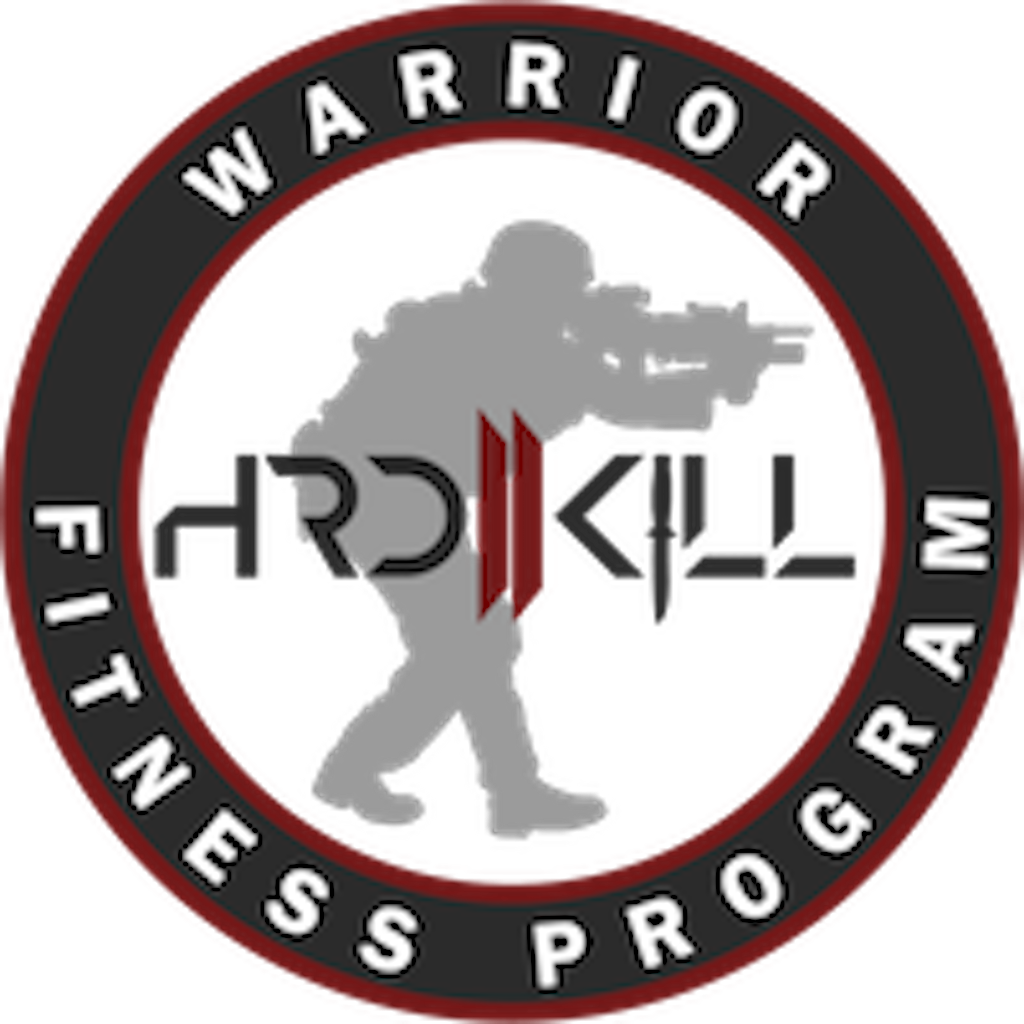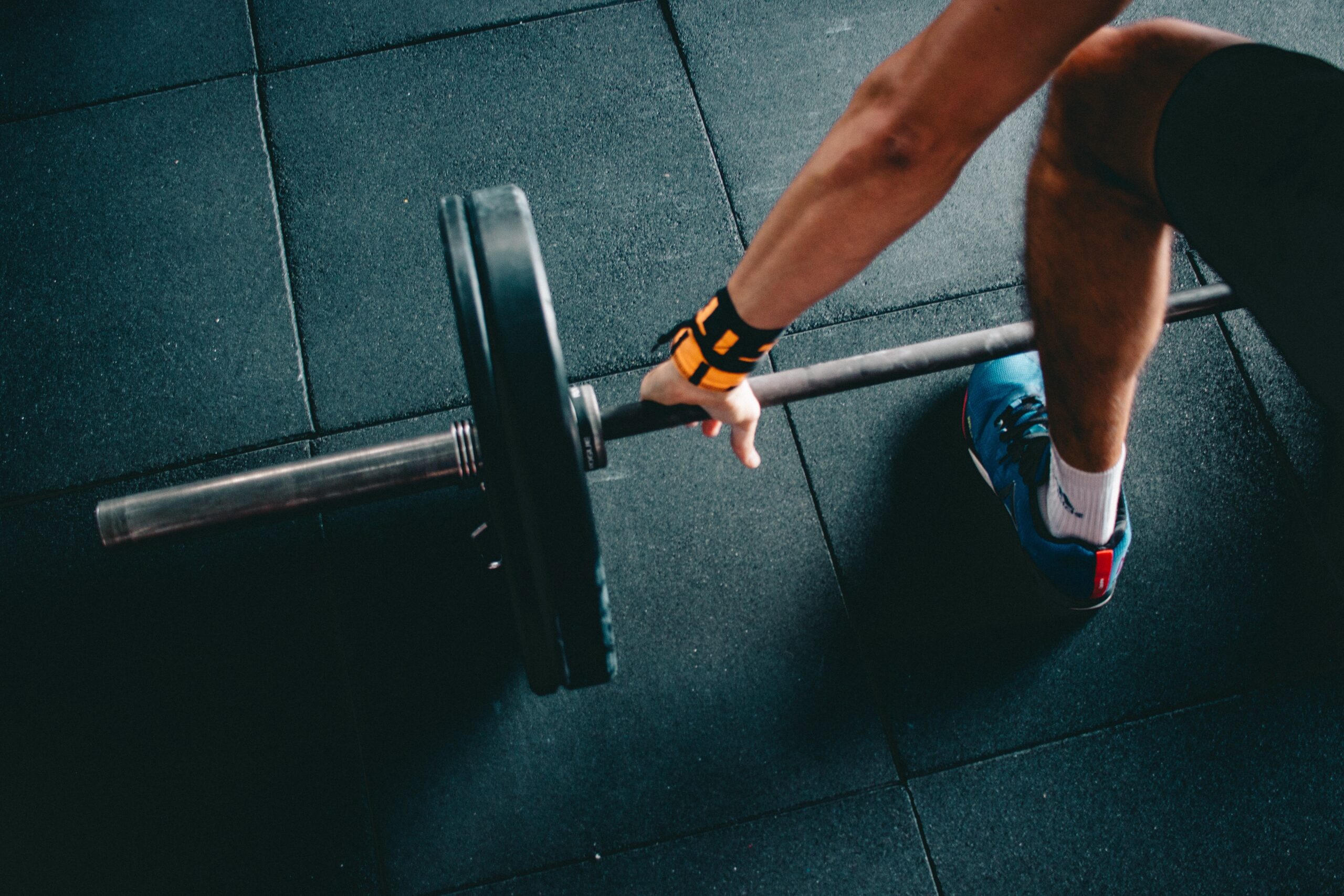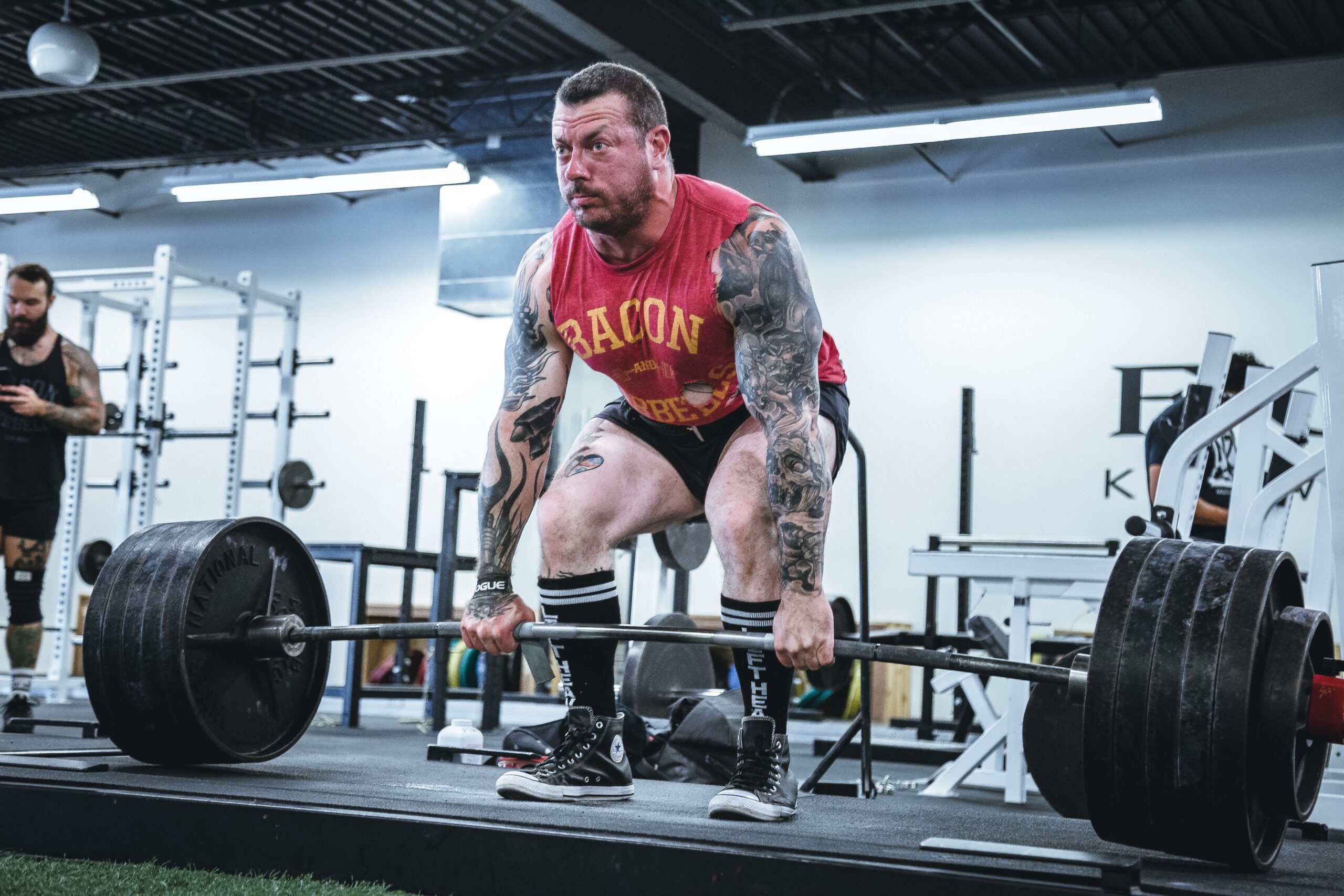Do You Hip Hinge Bro?
In the second instalment of the “Keeping Our Warfighters Fighting” series, we’re looking at the hip hinge. I want to fix your hinge, today. This series is the baby, born from a conversation I had with Dr. Kelly Starrett on the HRD2KILL Podcast, about how we can do better when training our warfighters. In order to keep our warfighters fighting for longer and in less pain, you need to ensure that the mechanics of the movement are rock solid. Sounds simple enough right? However, the hinge is often associated with DANGER and a misplaced fear that you’ll injure yourself if you dare not bend your knees to pick up the groceries.
Let’s take a minute to really dispel any myths and bro science around the hip hinge and see it for what it is; a killer movement that makes your butt big and juicy.
Step #1 – Don’t be scared
Yes, fear develops around hingeing because you heard of your buddy’s buddy who was doing deadlifts when you were in high school and he herniated 12 discs at once and never got laid again. THE HORROR! Or it was a coach or your mom (in my case) that said you shouldn’t be doing hip hingeing exercises that could injure your low back.
All I have to say to that is….Zip It! (sorry mom)
Hingeing is what I call a primal movement. It’s supposed to be done all the time. You do it any time you bend over so why shouldn’t we train it in properly from day one instead of fearfully running away from it like a Corona virus patient (too soon???).
As I mentioned in our first post on the squat, you need to ensure you train in good movement patterns because practice makes PERMANENT. Now that you’re not longer irrationally scared, let’s move onto step #2.
Step #2 – Assess Your Hinge
This step is pretty straight forward and I want you to use the video I made to make it as easy as possible. The key here is determining how well you’re able to push those hips back without defaulting to a squat. If you can do this with a nice, neutral spine, then you’re ready to move on.
Step #3 – Brace Baby
This is something that is so commonly overlooked and made me able to get back into deadlifting after my back injury. The concept of bracing is simple. Imagine someone is going to come slap you in the gut. What do you do? You brace for impact. Essentially, you want to turn those abs on and keep them on the entire time your hingeing. This applies to if your bending over to pick up your socks or your 1000lbs deadlift.
Step #4 – Set Up
Ok this is important, just like all the rest but if you don’t set up well, you’re going to train in shitty patterns; don’t forget, practice makes permanent. So, load up your bar and walk up to it, and make sure the bar is located above your mid foot. Next, brace and hinge to get your gorilla arms to the bar.

Good deads require a good set up.
Common mistake! – You adopt a squat position with your butt down.
Don’t do this
Keep your butt back and high, pull back your shoulder blades and bring your chest up. PRO TIP: Right before you lift – Imagine driving your feet to the center of the Earth. Rather than focusing on pulling, focus on driving your feet into the ground. IT’S MAGICAL….
Keys To A Good Hinge
- Unlock your hips. They’re probably really tight so you gotta get them opened up, try the Afghan Squat and the Samson Stretch
- Keep a neutral spine, meaning you gotta keep your head all the way down to your tail bone in a normal alignment as if you were standing, with no rounding out or over extension.
- Brace before hingeing and pull back those shoulder blades and keep the chest up.
If you’re looking for a really bad ass movement assessment for the hinge, I highly recommend you check out Kingsley Yew’s 21 Hinges.
Now that you’re on the path to a greater hip hinge, don’t forget to work on your squat by checking out the first instalment of the “Keeping Our Warfighters Fighting” series here.
Thanks for reading and be sure to tune in for the next instalment on the lunge.
Train Hard, Fight Easy.

 Dave is a retired infantry officer and Afghanistan war veteran. He’s the creator of the HRD2KILL training program that was built on the principles that got him from not being able to get out of bed to competing in the Crossfit Open, Spartan Races and the Montreal Gaelic Athletics Association. You can find more mobility based exercises in his new book, “The Nimble Warrior”, now available on Apple Books and Amazon or read his new HRD2KILL Blog
Dave is a retired infantry officer and Afghanistan war veteran. He’s the creator of the HRD2KILL training program that was built on the principles that got him from not being able to get out of bed to competing in the Crossfit Open, Spartan Races and the Montreal Gaelic Athletics Association. You can find more mobility based exercises in his new book, “The Nimble Warrior”, now available on Apple Books and Amazon or read his new HRD2KILL Blog


